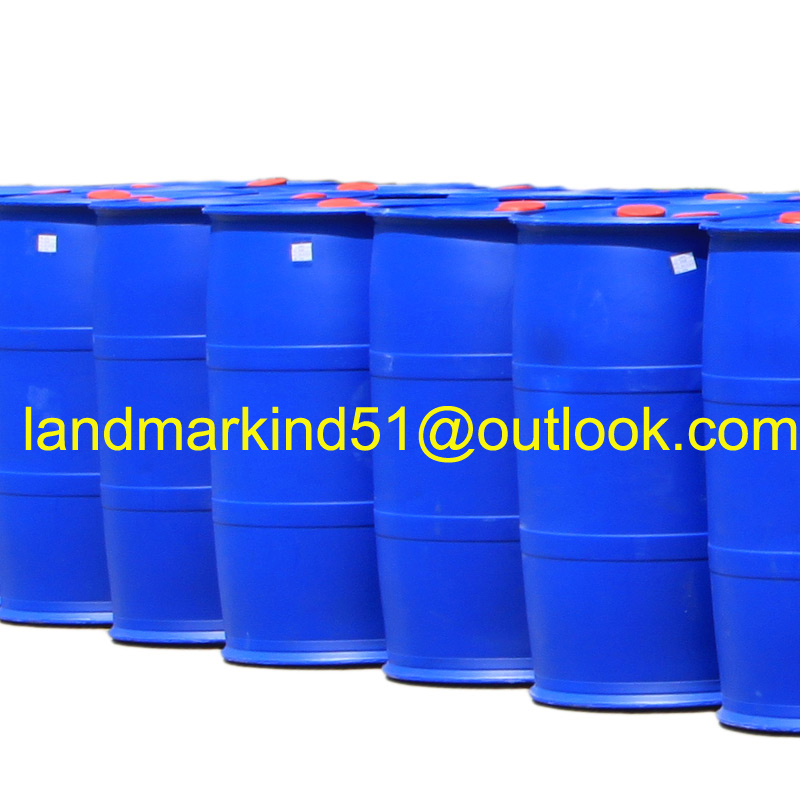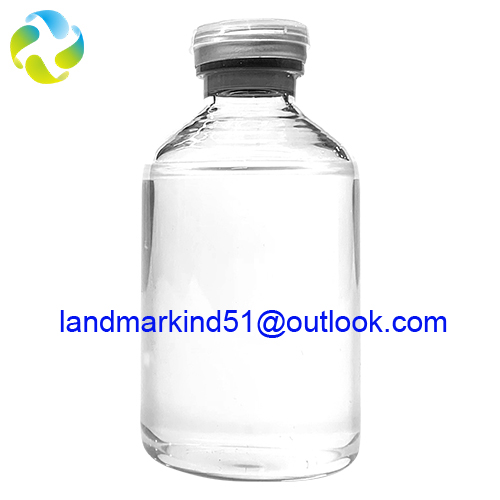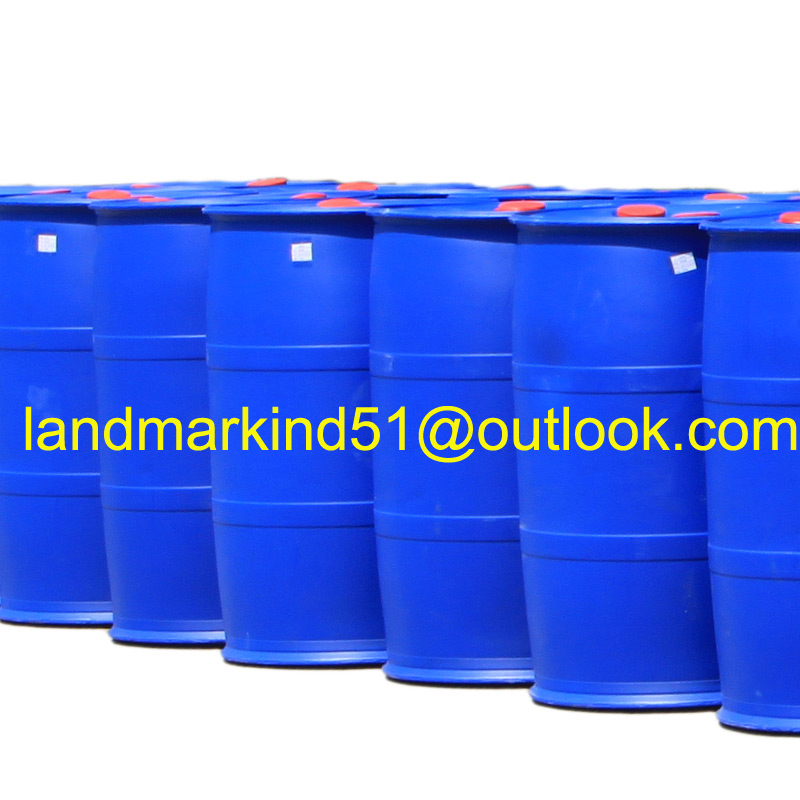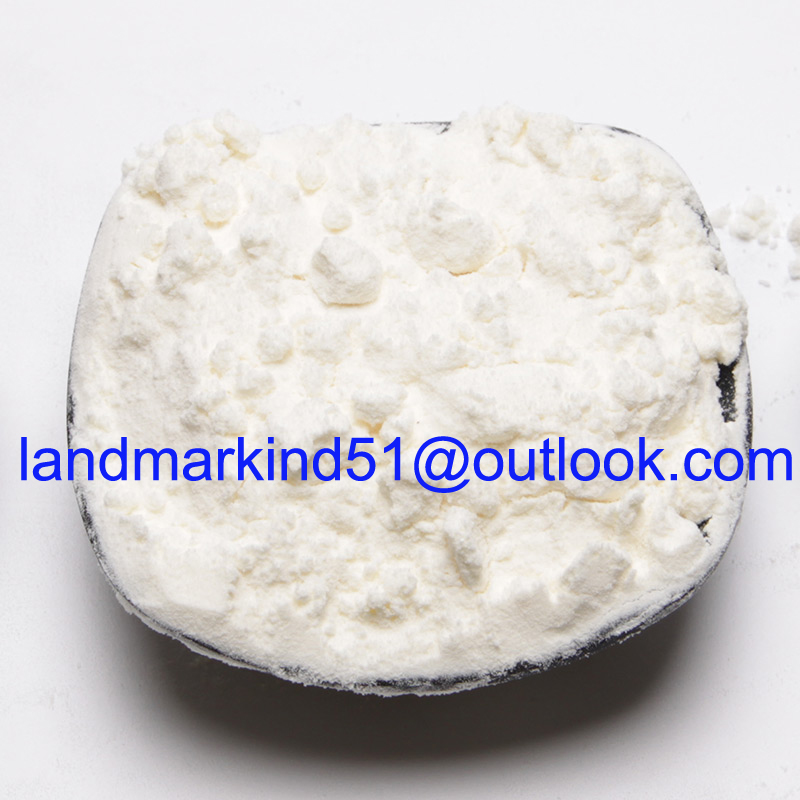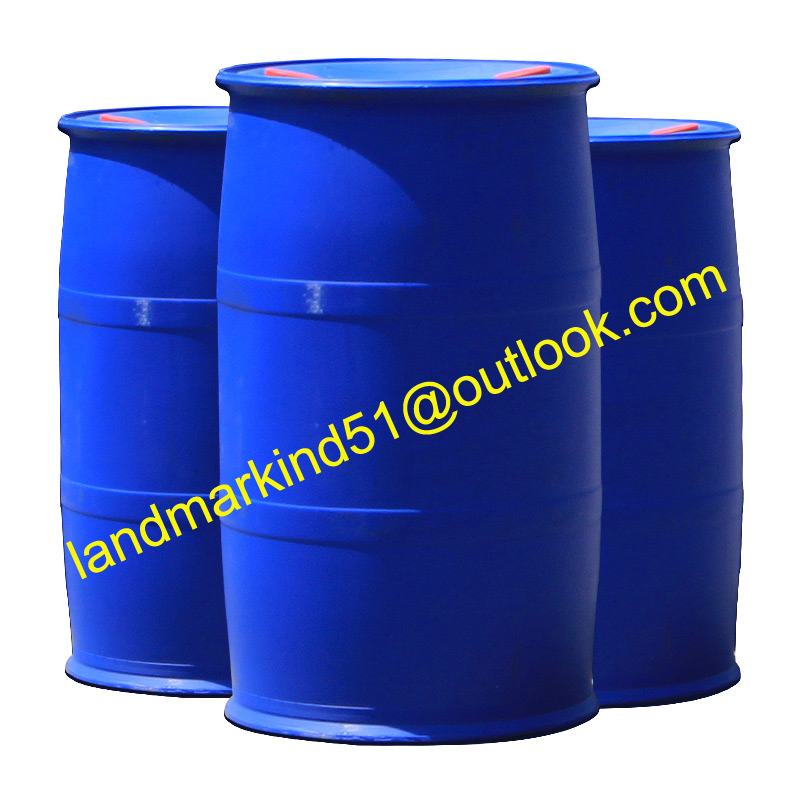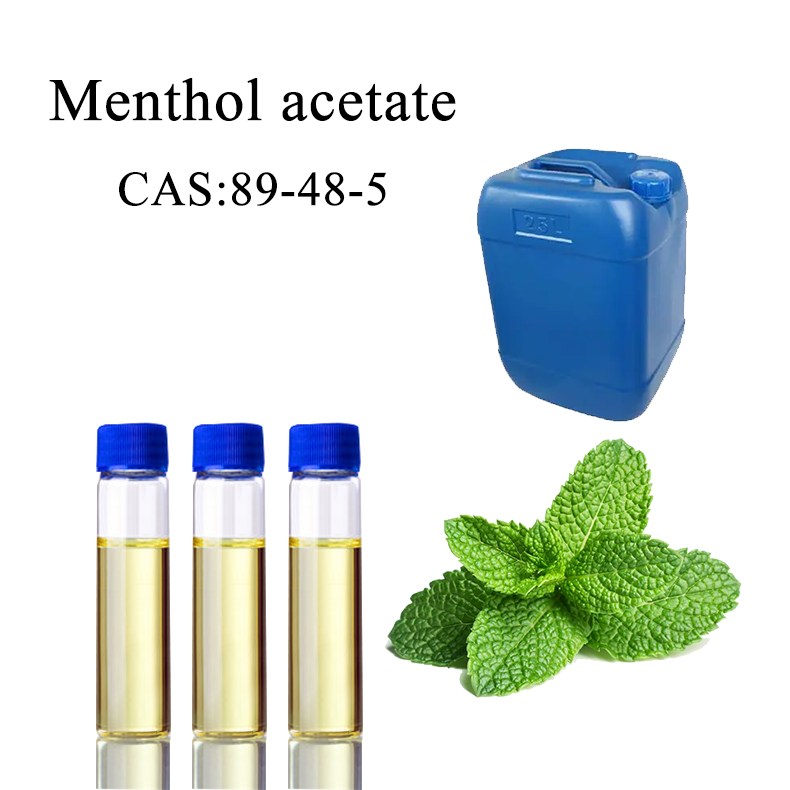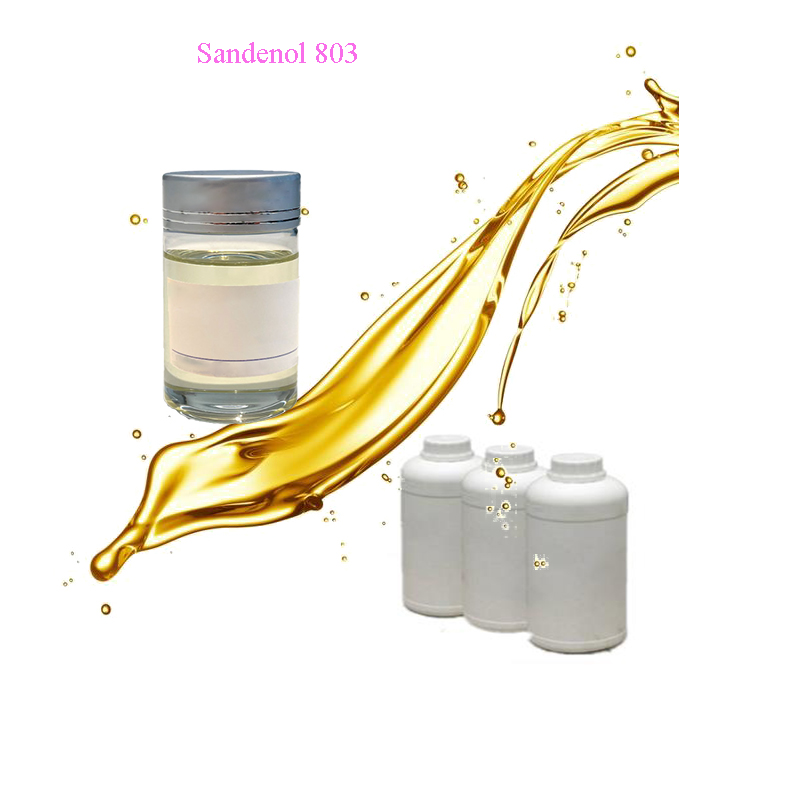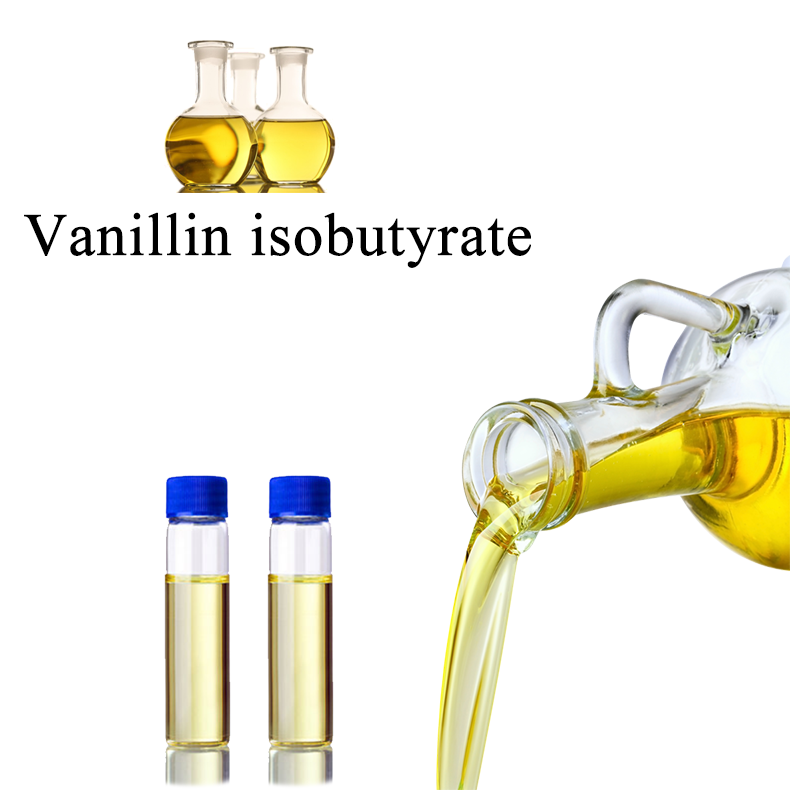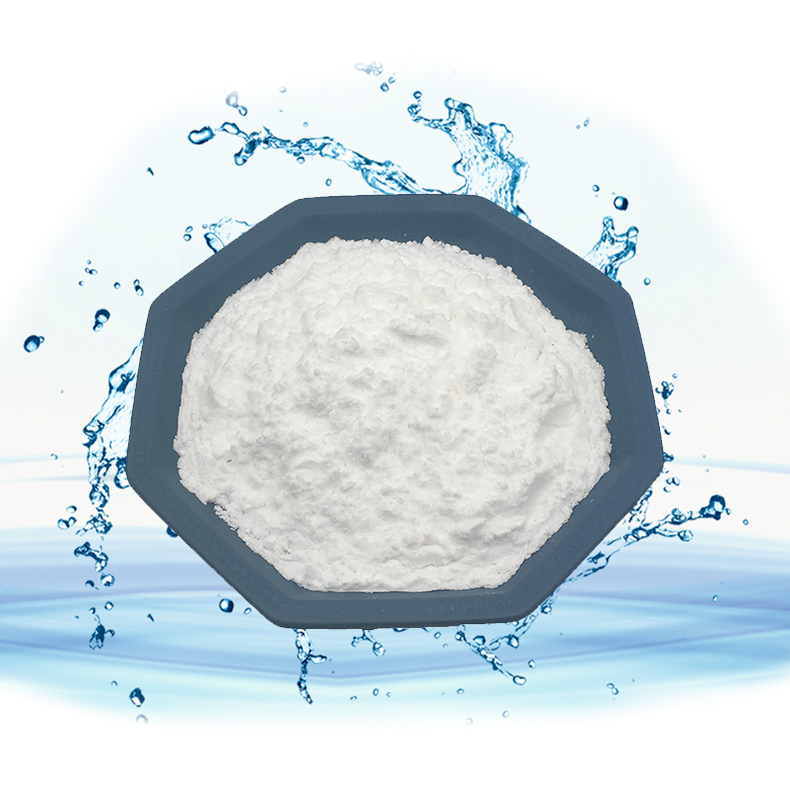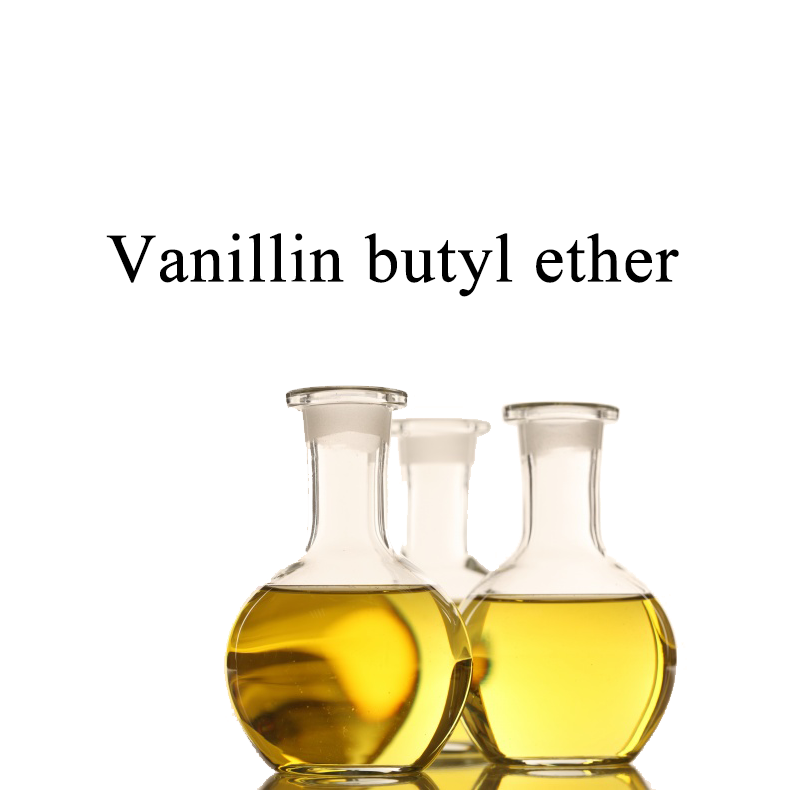Food Flavours Raw Materials Cinnamaldehyde CAS 104-55-2


Name: Cinnamaldehyde
Other names: 3-Phenyl-2-propenal; Cinnamic aldehyde; trans-Cinnamaldehyde
CAS No.: 104-55-2
Chemical formula: C9H8O
Molecular weight: 132.16
Boiling Point: 249.00 to 252.00 degrees Celsius. @ 760.00 mm Hg
Density: 1.046-1.052
Refractive index: 1.619-1.623
Flash point: 71 degrees Celsius
Purity: 99%
Appearance: Yellow liquid, smell sweet
Stability: Stable, Combustible, Incompatible with strong oxidizing agents, strong bases.
Solubility: Soluble in ethanol, propylene glycol and non-volatile oil, insoluble in glycerin and water. Avoid touch with skin and eyes when using.
Storage: Keep the container closed and store in a dry, well-ventilated place.
Reactivity Profile: Cinnamaldehyde is incompatible with strong oxidizing agents and strong bases.
Fire Hazard: Cinnamaldehyde is combustible.
Cinnamaldehyde, or 3-phenylprop-2-enal to use its IUPAC name, isa member of the class of compounds known as cinnamaldehydes.And it is an oily yellow liquid at room temperature with a boiling point of 246 degrees Celsius.
Cinnamaldehyde can be found in a number of food items such as sour cherry, horseradish, and sea-buckthornberry. And it can be found primarily in feces, as well as in human neuron and skin tissues. it exists in all eukaryotes, ranging from yeast to humans.
Usage:
Cinnamaldehyde is the aldehyde that gives cinnamon its flavor and odor.
Cinnamaldehyde occurs naturally in the bark of cinnamon trees and other species of the genus Cinnamomum like camphor and cassia. These trees are the natural source of cinnamon, and the essential oil of cinnamon bark is about 90% cinnamaldehyde.
Cinnamaldehyde is also used as a fungicide. Proven effective on over 40 different crops, cinnamaldehyde is typically applied to the root systems of plants. Its low toxicity and well-known properties make it ideal for agriculture. To a lesser extent, cinnamaldehyde is an effective insecticide, and its scent is also known to repel animals like cats and dogs.
Cinnamaldehyde is also known as a corrosion inhibitor for steel and other ferrous alloys in corrosive fluids. It can be used in combination with additional components such as dispersing agents, solvents and other surfactants. Concentrated cinnamaldehyde is a skin irritant, and the chemical is toxic in large doses, but no agencies suspect the compound is a carcinogen or poses a long-term health hazard. Most cinnamaldehyde is excreted in urine as cinnamic acid, an oxidized form of cinnamaldehyde.
Other supplier products
All supplier products
Same products
|
|
Menthol acetate CAS:89-48-5 |
Seller: Shaanxi hongkang biological technology co., LTD |
Menthol acetate is mainly used to formulate mint, fruit and berry flavors. |
|
|
Sandenol 803 CAS:66068-84-6 |
Seller: Shaanxi hongkang biological technology co., LTD |
Sandalwood 803 has a strong sandalwood aroma, its products are colorless to slightly yellow visco... |
|
|
Vanillin isobutyrate CAS:20665-85-4 |
Seller: Shaanxi hongkang biological technology co., LTD |
Vanillin isobutyrate is used in the formulation of floral, caramel and vanilla flavors. |
|
|
L-Menthyl lactate CAS:59259-38-0 |
Seller: Shaanxi hongkang biological technology co., LTD |
Menthyl lactate is a long-lasting, odorless coolant used in the formulation of mint flavors. |
|
|
Vanillin butyl ether CAS:82654-98-6 |
Seller: Shaanxi hongkang biological technology co., LTD |
Vanillyl butyl ether is a major contributor to the characteristic flavor and aroma of vanilla, an... |









